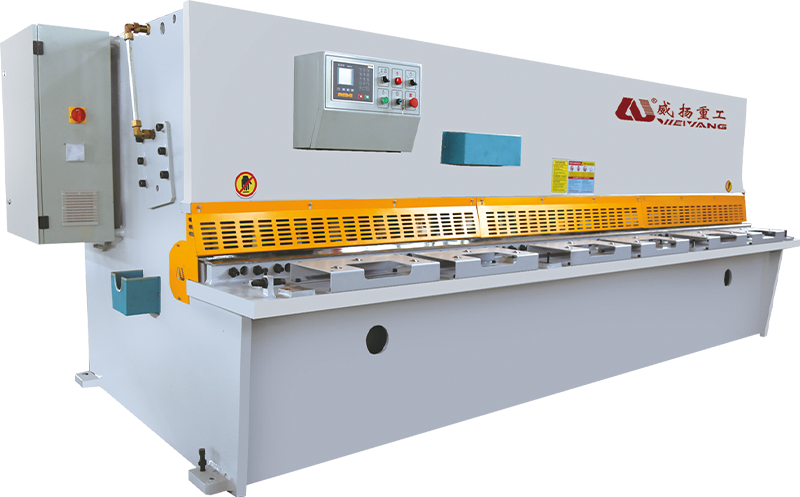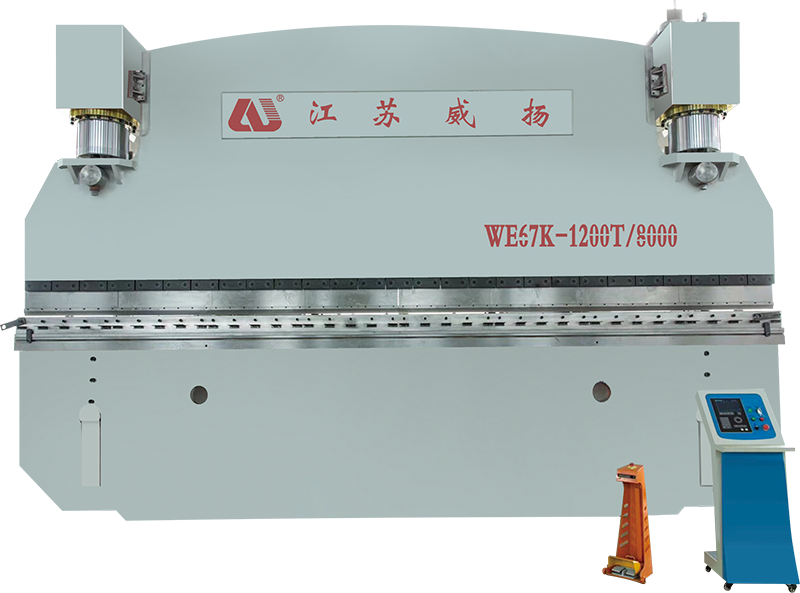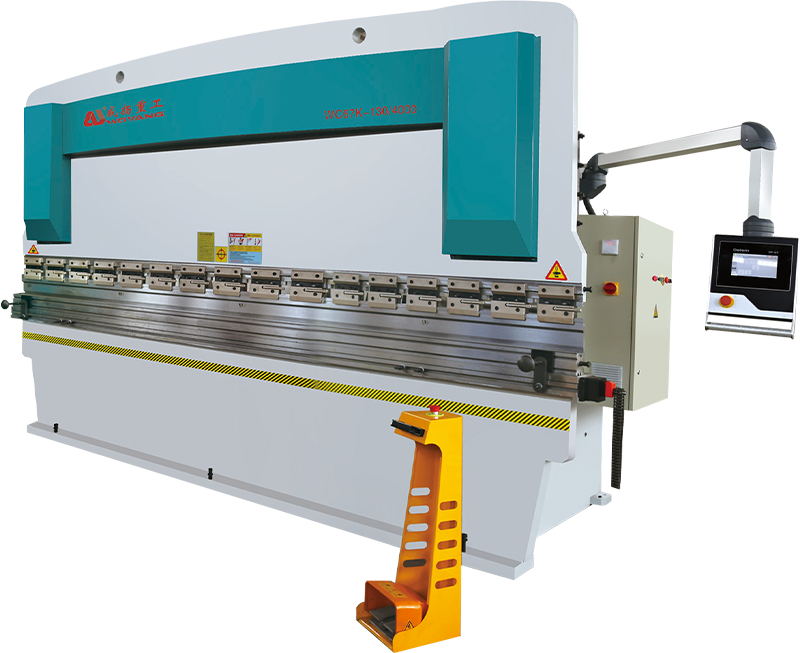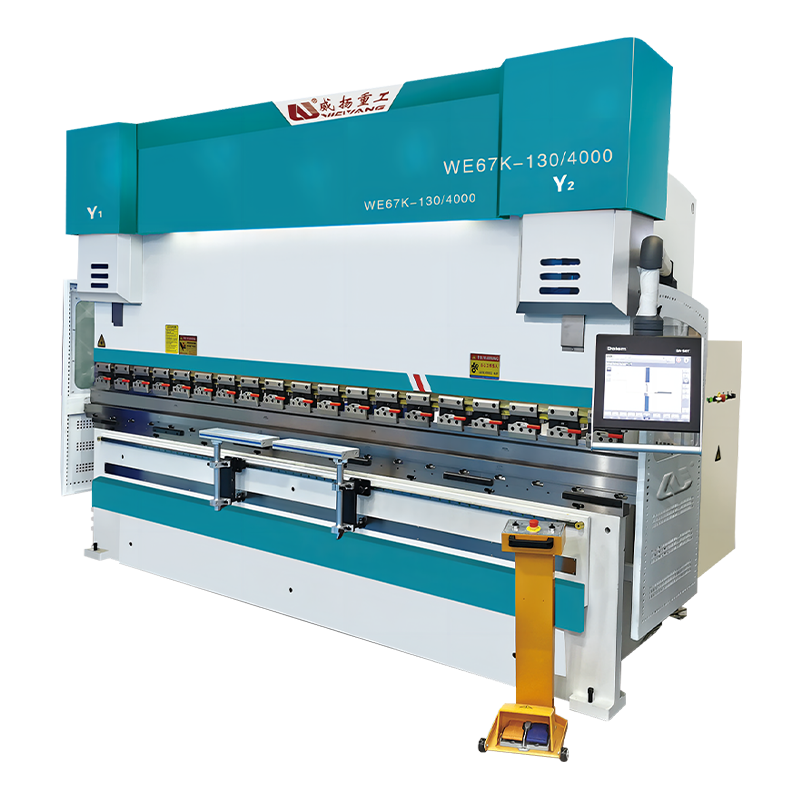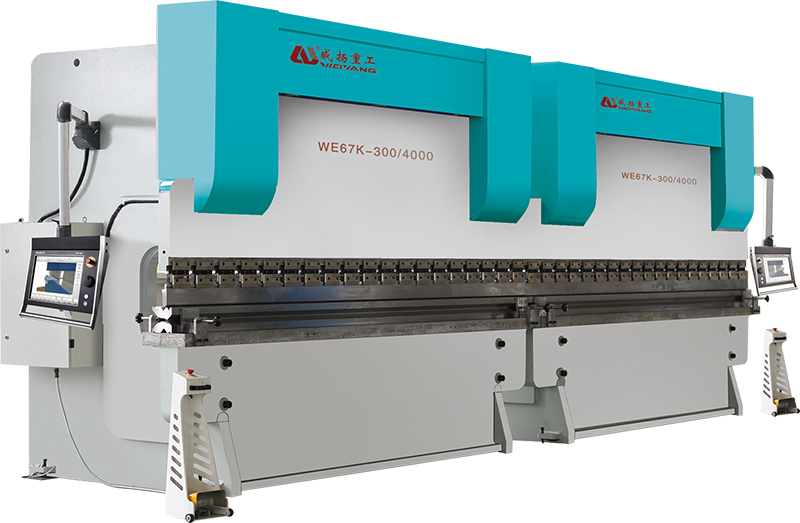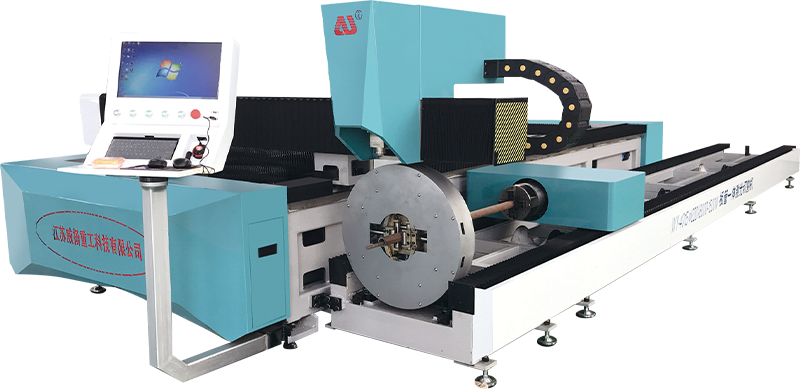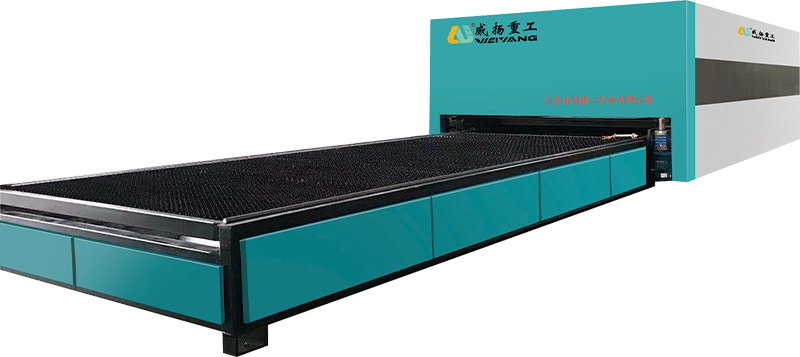What level of automation does the single platform laser cutting machine offer, and can it be fully automated?
Many single platform laser cutting machines come equipped with automatic material loading and unloading systems, which use conveyors, robotic arms, or shuttle tables. These systems are designed to load raw materials onto the cutting platform and remove the finished parts after cutting. This automation eliminates the need for manual handling, significantly reducing labor costs and minimizing human error, which improves throughput and operational efficiency.
Advanced laser cutting machines feature auto-focus capabilities that adjust the laser focus based on the material type and thickness. This system ensures that the laser beam remains at the optimal focal point throughout the cutting process, resulting in higher precision and consistency. It eliminates the need for manual focus adjustments, thus enhancing productivity and cutting quality while reducing downtime.
Modern laser cutting machines are equipped with software that can automatically optimize cutting paths. The software analyzes the geometry of the design and calculates the most efficient cutting paths to minimize travel time, reduce material waste, and improve overall cutting efficiency. This advanced automation allows for more complex designs to be processed with minimal manual intervention, ensuring faster turnaround times and optimized material usage.
To ensure consistent cutting quality, automated laser cutting systems adjust the laser power and cutting speed based on the material’s properties, such as thickness and type. For instance, thicker materials may require higher laser power or slower cutting speeds to achieve the desired cut quality. This self-regulation allows the machine to handle a variety of materials without manual recalibration, improving cutting performance across a broad range of applications and reducing operator involvement.
Many high-end laser cutting machines incorporate real-time monitoring systems that can detect errors during the cutting process, such as material misalignment, incorrect cutting paths, or focus issues. These systems use sensors to continuously monitor key parameters and, if an anomaly is detected, automatically adjust the machine’s settings or stop the operation to prevent further defects. This real-time error detection increases operational reliability, reduces scrap rates, and minimizes downtime associated with manual troubleshooting.
Post-cutting automation is also available in some laser cutting systems, where parts are automatically sorted, stacked, or separated after the cutting process. For example, robotic arms or conveyors can be used to transfer cut parts to a designated area based on their size, shape, or type. This automated sorting reduces the need for manual intervention and streamlines the workflow from cutting to the next stage of production, such as assembly or shipping.
Many modern laser cutting systems offer remote monitoring and control capabilities through cloud-based software or local network connections. This allows operators to oversee multiple machines from a centralized location, track machine performance, and adjust settings in real time. Predictive maintenance features can alert operators to potential issues before they cause downtime. Remote access enhances operational efficiency, as it enables better resource management and reduces the need for on-site supervision.





